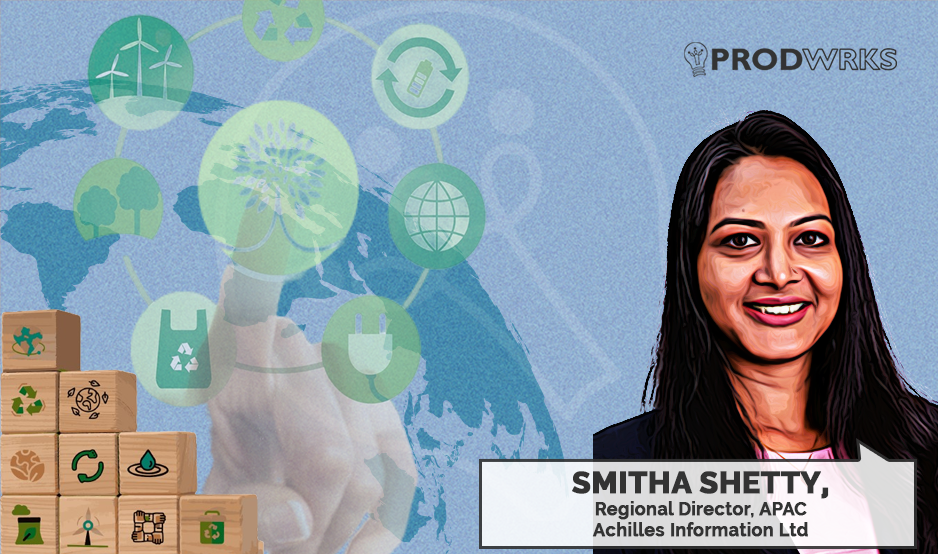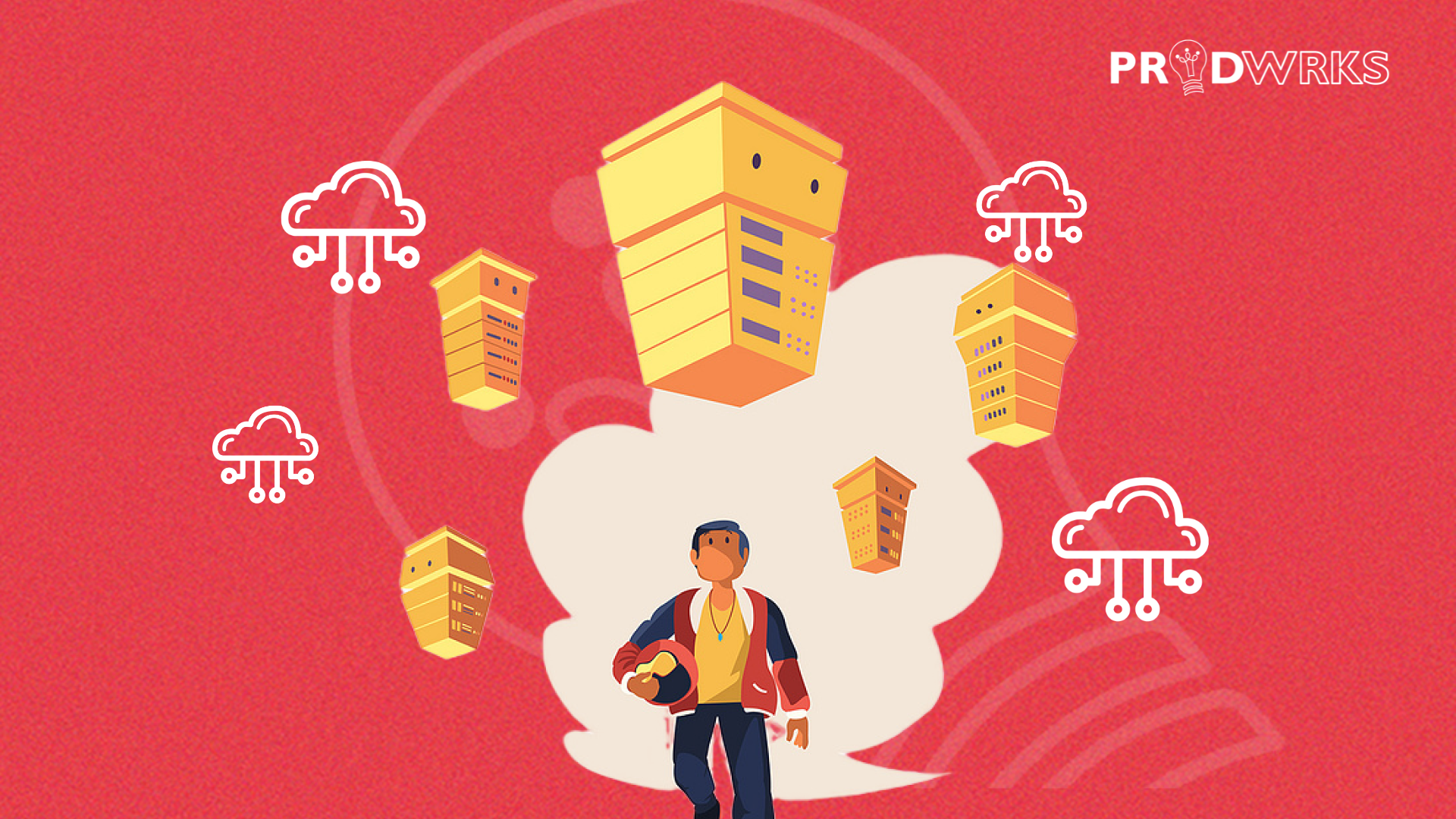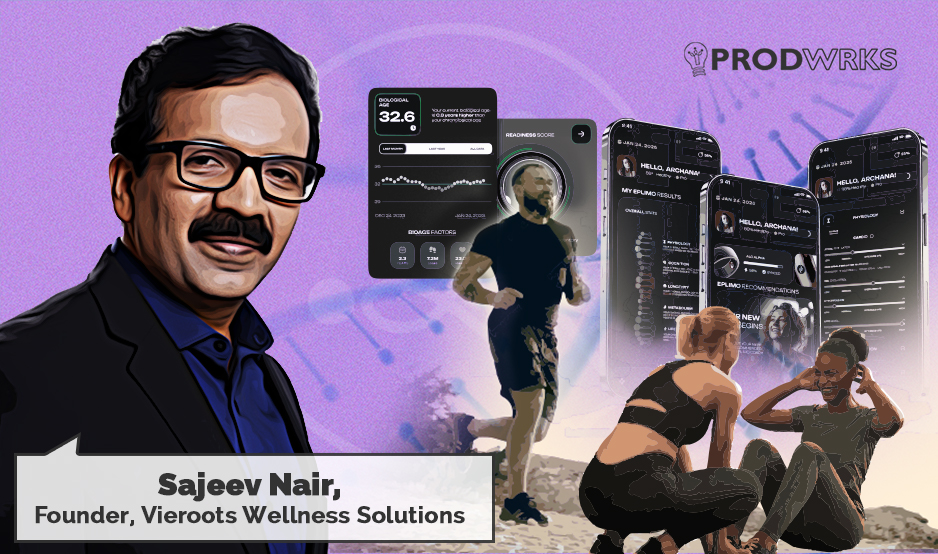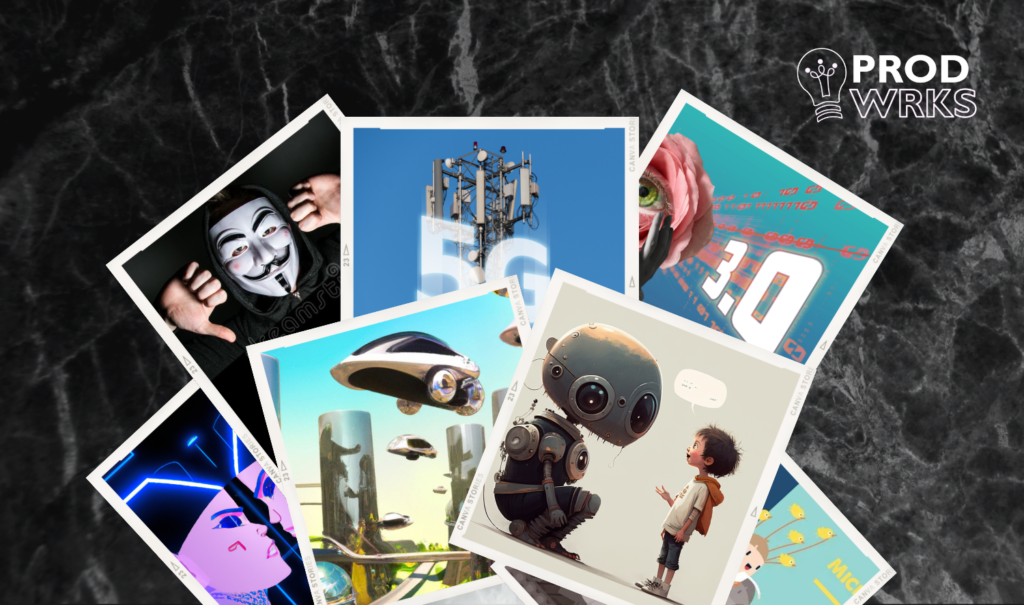


As we take baby steps into 2023, I attempt to peer into the future to predict six trends that will influence what products we build, how we build them, and how product companies are managed in the next 12 months.
Our challenge lies in understanding and mainstreaming these trends. Because come January, there’s a lot to do, a lot to build, and a lot more to grow.
(This article was first published in Siam Sixers the weekly newsletter written by ProdWrks’ founder, Khuzema Siam. Subscribe to get it in your inbox!)
1. Natural Language Processing
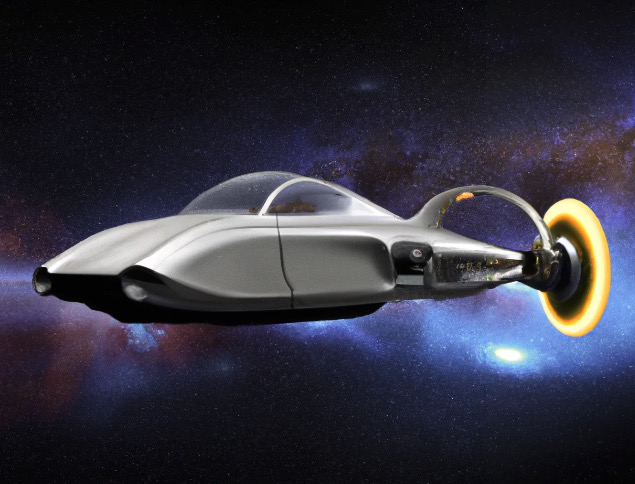

OpenAI’s ChatGPT is another great example of this, as it offers advanced capabilities such as context retention, NLP, and probabilistic outcomes, If you haven’t played with it yet, do it now!
It is already used by over 1 million people to get answers, engage in profound conversations, compose stories and poems, write computer code, and more.
Soon, clicks, scrolls, and programming languages will be a thing of history, and interacting with products by giving prompts in one’s own language will be the norm. And this is happening faster than we anticipated.
So, this is how your users would expect to interact with your products too and it’s time that you look to incorporate NLP into what you build lest you be left behind.
2. Cutting ‘Edge’ of 5G
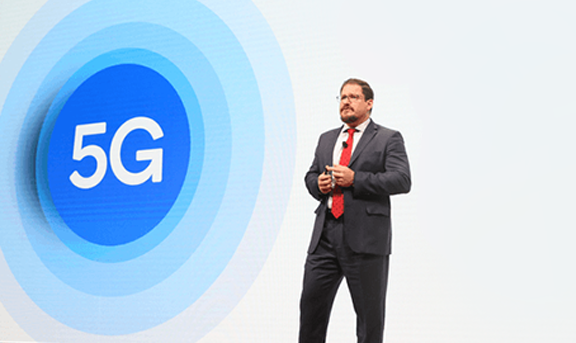

In QUALCOMM’s 5G summit that happened earlier last year, the company’s CEO Cristiano Amon explained how 5G is paving way for IoTs and other tech to evolve rapidly and advance opportunity at the connected intelligent edge.
Faster connections, powered by 5G and Edge computing even have the potential to unlock economic activity slowed down by recession! WEF predicts that implementing 5G + Edge in ‘mobility, healthcare, manufacturing, and retail could increase global GDP by $1.2 trillion to $2 trillion by 2030.’
Autonomous vehicles are prime use cases for Edge + 5G, as they can only operate reliably when they’re able to analyze huge volumes of drive data in real time. 5G + edge step enable real-time data processing, which allows applications and devices to react to data instantaneously.
Each day, more real-world use cases for 5G, like the digital twins concept is being discovered and implemented to create a massive opportunity across multiple industries.
5G is essential to our digital future and the products we give to the world and because of 5G+Edge, applications that weren’t possible earlier will now see the light of day
3. Data as a Product
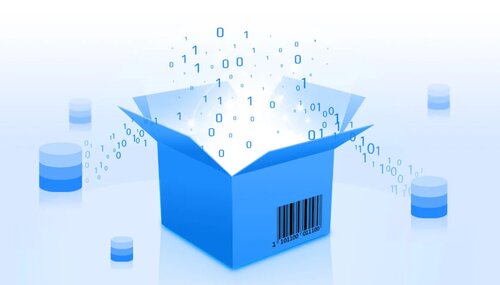

A data product is a self-contained data container with necessary inputs that directly solve a business problem or are monetized. You might think, what’s the big deal and what’s new?
The answer is that now we are addressing the entire life cycle of data – from its requirements to its creation, usage, and eventually to its end of life. This requires a different mindset where we prioritize business use over technology. Essentially, we are bringing ‘product thinking’ to data.
By treating data itself as a product, your team can help clarify the question of what data teams do, and what mandate they should focus on carrying out.
4. DevSec & Cybersecurity
We can also see from the trends above that data is the most valuable asset today and hackers want yours at any cost.
Global warfare has gone beyond borders and guns and in the last few months we have seen data breaches in top hospitals and railways. Data breaches and DDoS attacks caused the biggest headaches to cyber security teams of product companies in 2022 and, we can expect it to exponentially increase with the accelerated digital transformation of businesses worldwide.
So in 2023, we are entering an era where DevSec is going to equally or more important than DevOps.
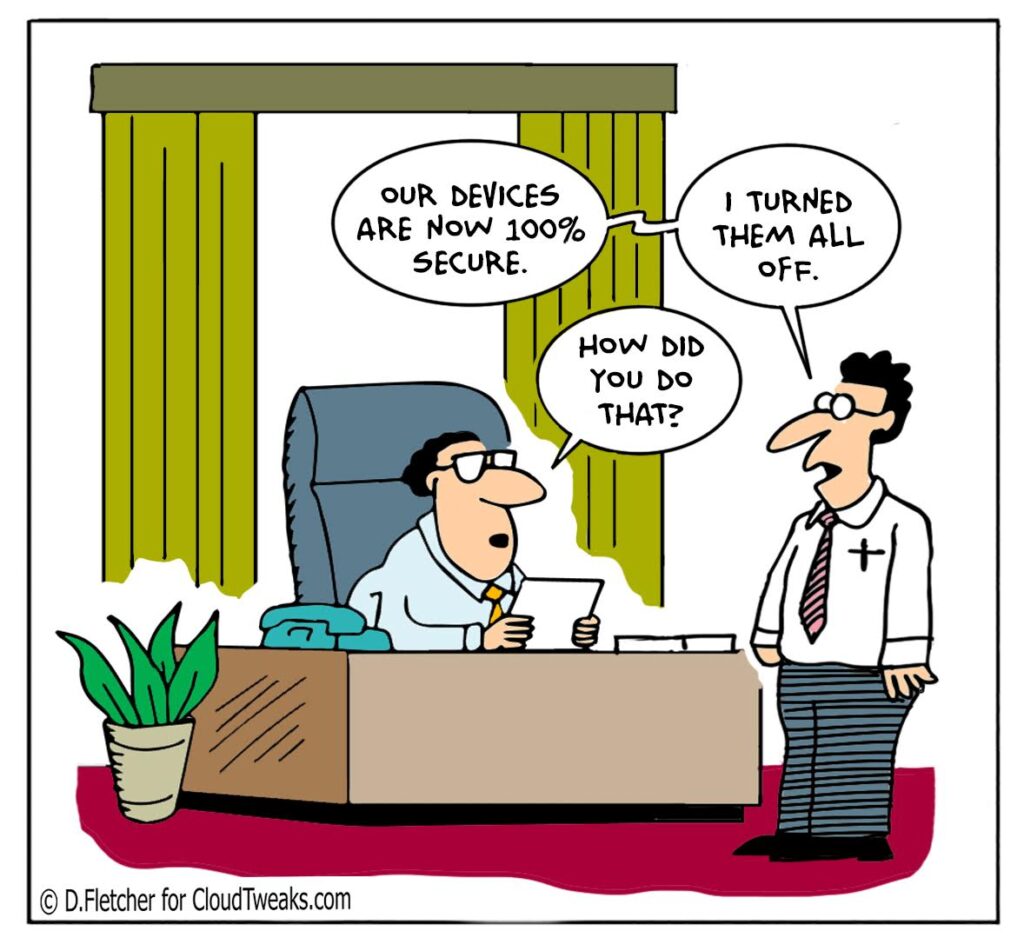

So, product managers need to look into the mirror and ask, “What do I need to do to be prepared for 2023?”
This is why having a product mindset towards cybersecurity will help weave the story of ‘what’ cybersecurity does in your company and ‘how’ cybersecurity provides value to your products and their users.
And it all starts with understanding the Cyber Kill Chain – a phase-based model of steps required by an attacker to infiltrate the organization.
5. Micro SaaS Revolution
Low Code and No Code tools were definitely trending in the last two years. And it is only natural that Micro SaaS product makers stand to benefit the most from it in the coming year(s).
That’s why this is a trend I’m betting on to go big in 2023.
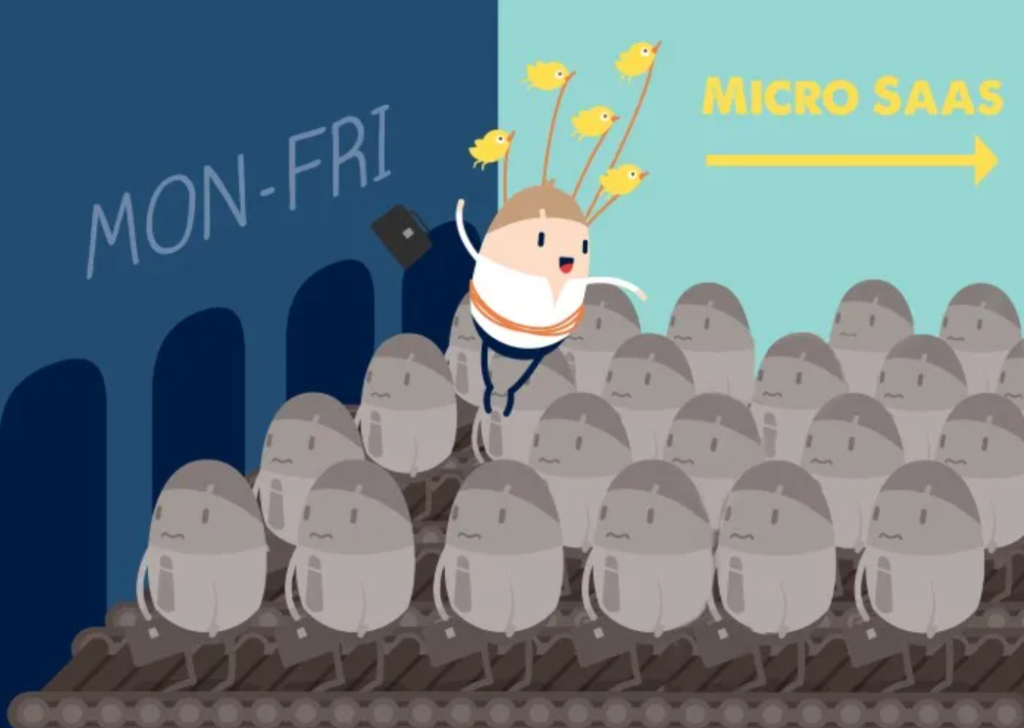

What is Micro SaaS?
Basically, Micro SaaS is a SaaS business model targeting a niche market, run by one person or a small team, with small costs, a narrow focus, a small but dedicated user base, and no outside funding. Hence, micro-SaaS.
Tyler Tringas first coined the term in 2012 and his company Storemapper is the first-known example of the Micro SaaS model.
Micro-SaaS apps have the potential to go big today as they are very simple applications serving small pockets of customers spread across the globe.
The most important point to note here is that the popularity of inexpensive and easy-to-use No Code and Low Code tools has now made it possible for anyone to become a product founder by building a Micro SaaS app!
6. Web3: Hype to Hope
The world first came to know about Web3 in 2010 and it was promised as a successor to Web2. But even after 12+ years of hype, Web2 or the internet as we know it today, still wears the crown.
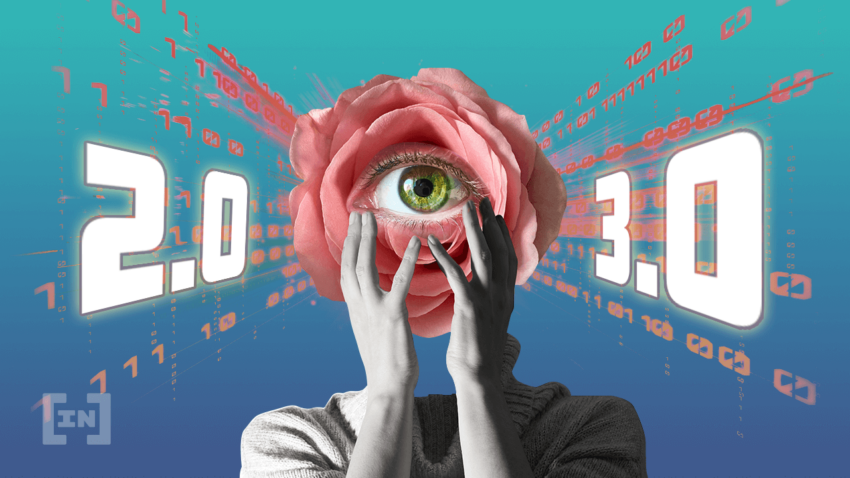

What I want to point out here is NOT that Web3 is overrated. But, the change is not as fast as we expected nor how we imagined it would be. The underlying decentralized tech of Web3 which powers NFTs, DeFi, or blockchains is not the panacea that we thought would free us from centralized power.
But I believe that 2023 will finally be the year Web3 gets a reality check and you and I as product leaders are going to help web3 meet its own promise of decentralization.
How, you ask?
It’s definitely not by minting and buying NFTs and forming DAOs, but by actually building the tools to make web3 equitable and accessible to the masses. The only way to do it is as a community by launching the technology in small, manageable, and useful nuggets.
Everyone knows the best way to eat an elephant is one bite at a time.
7. Next-Gen Computing
Next-generation computing will “help find answers to problems that have bedevilled science and society for years, unlocking unprecedented capabilities for businesses”, according to McKinsey.
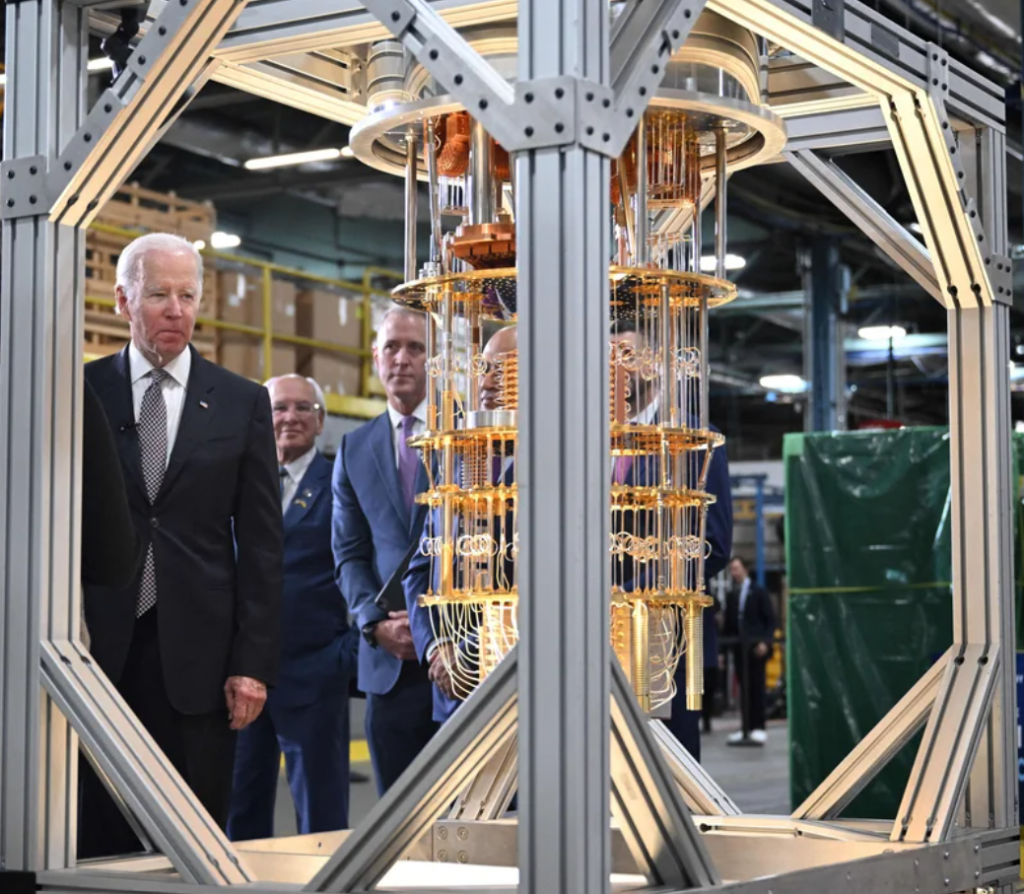

Just to be clear, next-gen computing includes quantum computers which is already realizing new real-world applications almost daily.
Quantum Computing can easily query, analyse and take action based on given data, regardless of the source. It played a major role in preventing COVID-19 and developing new vaccines. These computers are exponentially faster than normal computers. The revenue for the Quantum Computing market is projected to cross $2.5 billion by 2029.
Though it won’t be an immediate concern for all organizations, McKinsey says that “Preparing for next-generation computing requires identifying whether you’re in a first-wave industry (such as finance, travel, logistics, global energy and materials, and advanced industries).”
8. Robotic Process Automation (RPA)
Like AI and Machine Learning, Robotic Process Automation (RPA) is a rapidly advancing technology that automates many jobs across different industries.
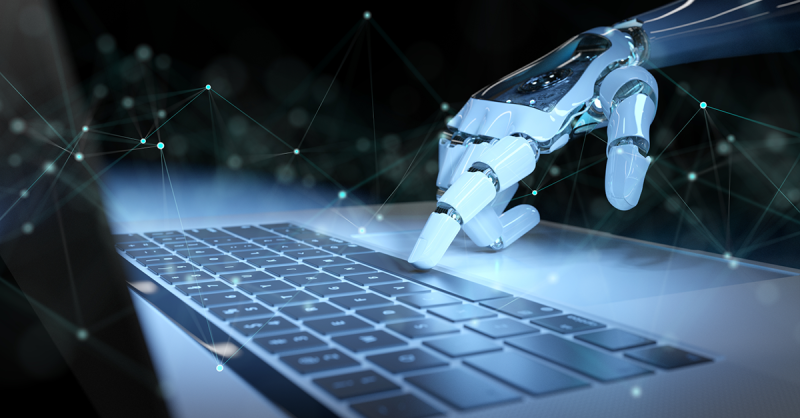

RPA uses multiple software and applications to automate business processes such as data collection and analysis, customer service and other repetitive tasks managed previously through manual processes.
It is estimated that nearly 60% of existing jobs can be automated at least partially, freeing up our time for more creative pursuits.
RPA offers several new career options and trajectories such as a programmer, project manager, business analyst or consultant. It also opens doors to high-paying jobs with a moderate learning curve in leading organizations. Choosing this emerging technology as a career move can profit you immensely.
9. Responsible Innovation
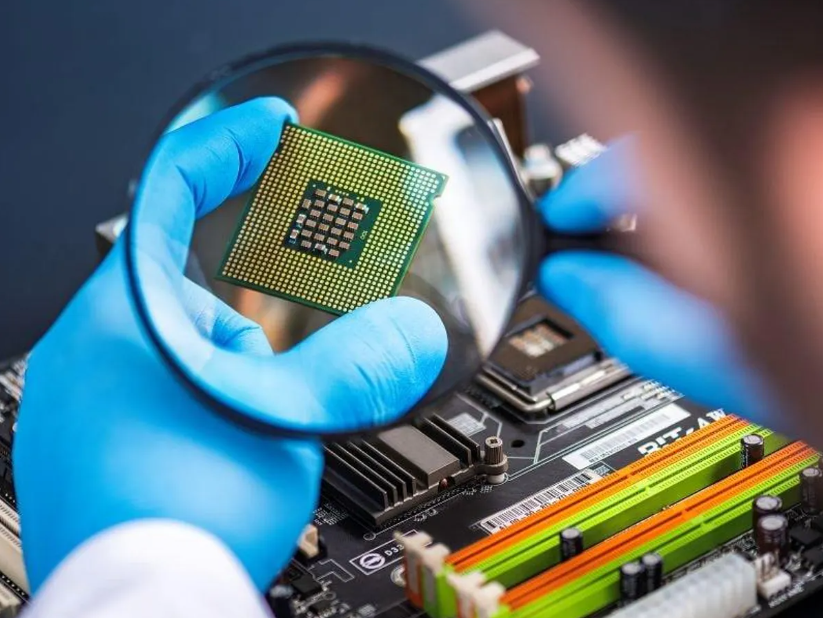

Only a few companies around the world produce a majority of chips, led by Taiwan-based TSMC and followed by Samsung, Intel, and others.
As semiconductor manufacturing is an expensive, time and labor intensive process, the chip shortage crisis is likely to continue till 2023 or 2024, until the hundreds of billions of dollars poured into expansions start to bridge the gap.


However, to stop wasting time, product development firms can take a page out of Elon Musk’s book and do more with less.
In his earnings call in July 2021, Elon Musk spoke of how Tesla managed to swap substitute chips after rewriting its firmware code to cope with the supply gap, setting an example.
Better code can compensate for hardware inadequacies by squeezing more computing power from existing chipsets, which comes from optimizing applications and minimizing data and processing requirements.
10. Responsible Innovation


Trust in our institutions and in companies has been tested over the last few years and it has brought us to an inflection point. I hope, as product people we are on the edge of generational change that will become evident through technology in 2023.

